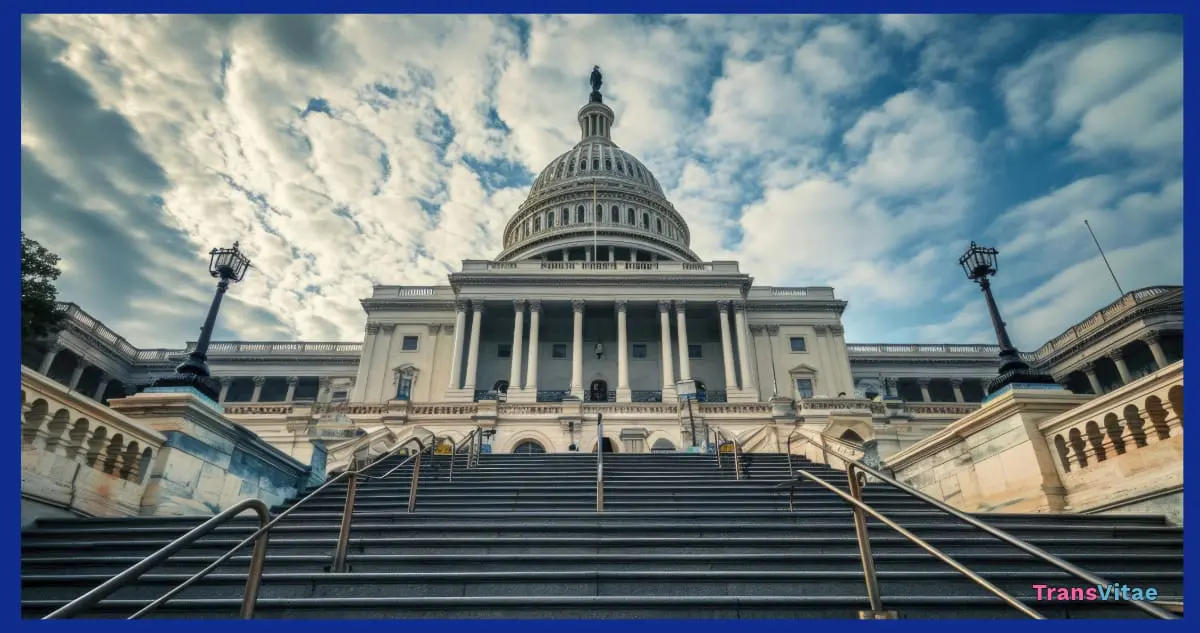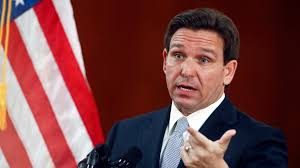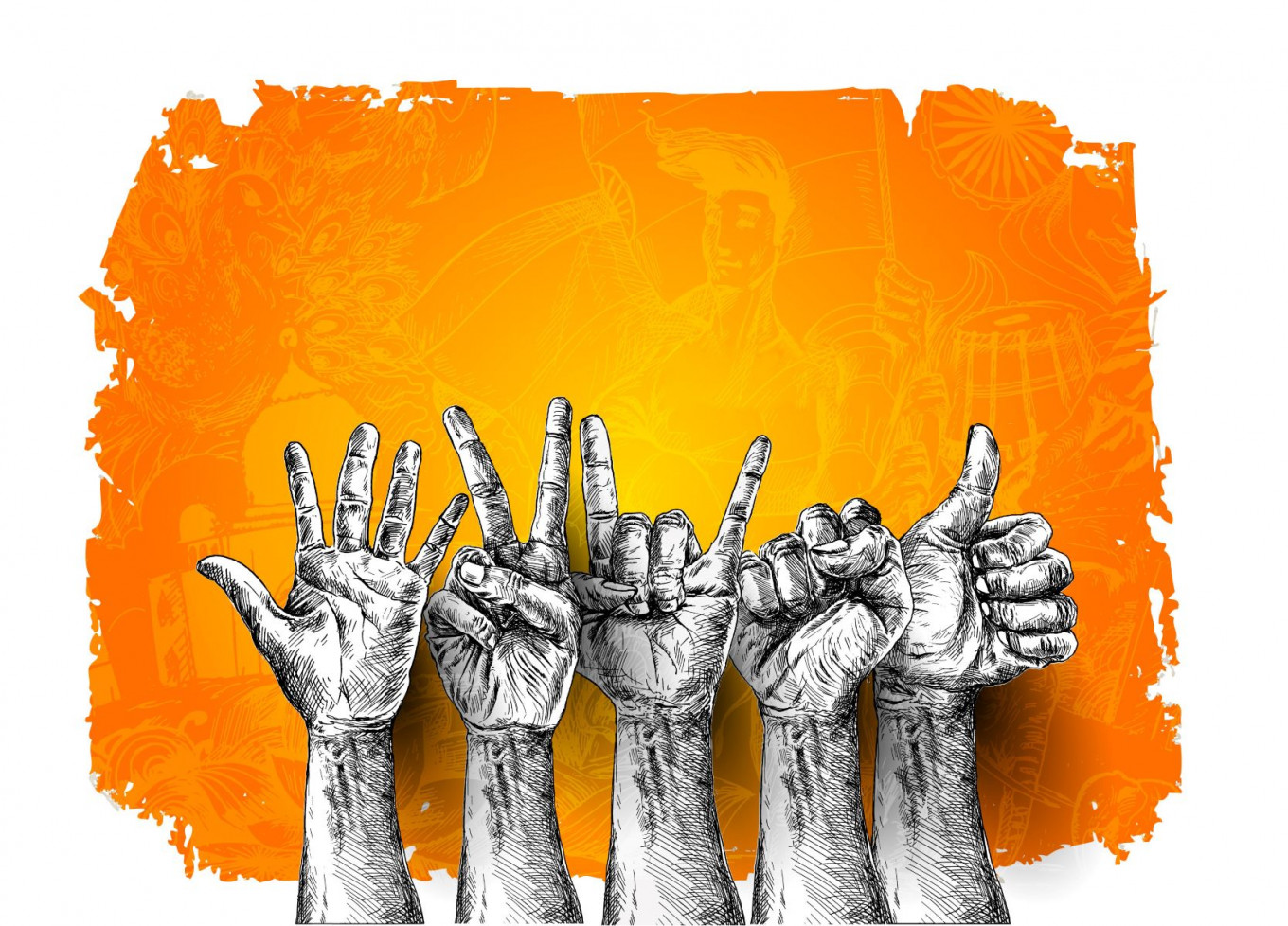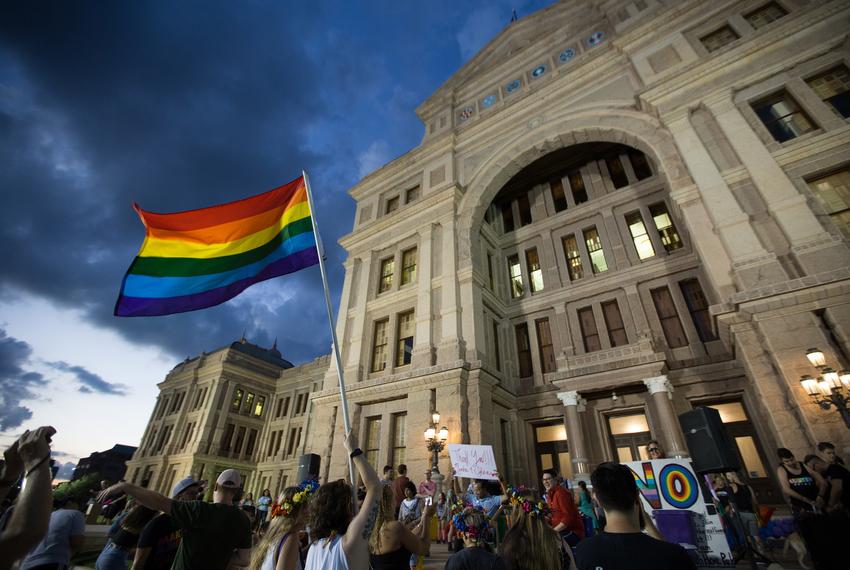Introduction: A Divisive Legislative Move
On May 22, 2025, House Republicans passed a sweeping multitrillion-dollar domestic policy package, dubbed the “big, beautiful bill” by President Donald Trump, with a razor-thin 215-214 vote. Spearheaded by Speaker Mike Johnson, the legislation extends the 2017 tax cuts, increases funding for immigration enforcement and the Pentagon, and introduces severe cuts to social programs like Medicaid and the Supplemental Nutrition Assistance Program (SNAP). Most controversially, it includes provisions that ban federally funded gender-affirming care for transgender Americans of all ages, a move the Human Rights Campaign (HRC) labeled “cruel.”
This article explores the bill’s components, its disproportionate impact on marginalized communities, the scientific consensus on gender-affirming care, the political motivations behind the legislation, and the broader implications for healthcare equity. Through research, expert insights, and advocacy perspectives, we uncover the hidden truths and high stakes of this legislative assault on transgender rights.
The Bill’s Core Components and Immediate Impacts
Overview of the Legislation
The “big, beautiful bill” is a complex package that combines tax policy, defense spending, and social program cuts. It extends the 2017 Tax Cuts and Jobs Act, which primarily benefited high-income earners and corporations, while slashing funding for Medicaid and SNAP to offset the cost. The Congressional Budget Office (CBO) estimates that these cuts will result in 13.7 million Americans losing health coverage, with low-income families, people of color, and LGBTQ+ individuals disproportionately affected.
The bill also allocates billions for immigration enforcement and Pentagon programs, reflecting Republican priorities under the Trump administration. However, the most alarming provisions, added through a last-minute manager’s amendment, target transgender Americans. One provision eliminates Medicaid and Children’s Health Insurance Program (CHIP) funding for gender-affirming care, including puberty blockers, hormone therapy, and surgeries, for individuals of all ages. Another excludes these treatments from the Affordable Care Act’s (ACA) definition of “essential health benefits,” effectively banning coverage under ACA plans.
A Historic Escalation
These measures mark the first time Congress has voted to enact a de facto nationwide ban on gender-affirming care for those reliant on federal programs. For transgender individuals who cannot afford private care, this could mean losing access to medically necessary treatments, exacerbating health disparities and mental health challenges.
“This bill shows the true end goal for the MAGA regime is to target all transgender people and deny their existence — all while targeting the health programs that disproportionately serve the full LGBTQ+ community,” said David Stacy, vice president of government affairs for the Human Rights Campaign.
The Human Cost: Who Is Affected?
Disproportionate Impact on LGBTQ+ Communities
The bill’s cuts disproportionately harm marginalized groups, particularly LGBTQ+ individuals. According to the Williams Institute at UCLA School of Law, approximately 13% of LGBTQ+ adults (1.8 million people) rely on Medicaid, including 180,000 transgender adults. Among low-income LGBTQ+ households, this figure rises to 26%, and 19% of LGBTQ+ parents with children under 18 depend on Medicaid. These statistics highlight Medicaid’s critical role in providing healthcare access to vulnerable populations.
LGBTQ+ individuals face higher rates of poverty, food insecurity, and homelessness compared to their straight, cisgender counterparts. The HRC notes that 25% of LGBTQ+ adults live in poverty, compared to 16% of non-LGBTQ+ adults. Transgender individuals, in particular, are overrepresented in Medicaid, with one in five relying on the program for healthcare.
Broad Impacts on Social Programs
Beyond healthcare, the bill’s cuts to SNAP threaten food security for LGBTQ+ households, which face a 27% rate of food insecurity compared to 17% for non-LGBTQ+ households, according to a 2020 Gallup poll. Planned Parenthood, a key provider of healthcare for low-income and LGBTQ+ individuals, also faces reduced funding, limiting access to HIV care, reproductive health services, and other essential resources.
“Medicaid plays a critical role in providing access to health care for vulnerable LGBT populations, who face higher levels of poverty and disability than non-LGBT people,” said Brad Sears, distinguished senior scholar of law and policy at the Williams Institute.
The Science of Gender-Affirming Care
Medical Consensus and Evidence
Gender-affirming care includes medical, psychological, and social interventions to align an individual’s body and identity, such as puberty blockers, hormone therapy, and surgeries. Major medical organizations, including the American Academy of Pediatrics (AAP), the American Medical Association (AMA), and the Endocrine Society, endorse these treatments as safe, evidence-based, and lifesaving.
Research supports these claims. A 2020 study in Pediatrics found that transgender youth with access to puberty blockers had significantly lower rates of suicidal ideation and attempts. A 2021 study in JAMA Surgery showed that gender-affirming surgeries reduced psychological distress and improved quality of life for transgender adults. The Trevor Project’s 2024 National Survey on LGBTQ+ Youth Mental Health reported that 60% of transgender and nonbinary youth experienced discrimination due to their gender identity, with affirming care mitigating mental health challenges.
Debunking Misinformation
Despite this consensus, the bill’s proponents frame gender-affirming care as controversial or experimental. This rhetoric aligns with a broader wave of anti-trans legislation, with the ACLU tracking 575 anti-LGBTQ+ bills in 2025. These bills often rely on misinformation, such as claims that gender-affirming care is irreversible or harmful, ignoring data showing low regret rates (less than 1% for surgeries, per a 2021 study in Plastic and Reconstructive Surgery).
“Regardless of how any one of us personally feels about the issue of trans people's medical care, we should all be able to agree that the only people who should be making these decisions are patients, providers, and parents in the case of young people — not politicians,” said Rep. Mark Takano, chair of the Congressional Equality Caucus.
Political Motivations and Hidden Truths
Strategic Use of Trans Issues
The inclusion of anti-trans provisions in a massive spending bill suggests political strategy. Transgender issues have become a lightning rod in conservative politics, used to energize the GOP base and divert attention from less popular cuts to Medicaid and SNAP. The last-minute manager’s amendment, added hours before the vote, minimized scrutiny by embedding these measures in a broader package, avoiding a standalone debate.
This tactic mirrors state-level strategies, where anti-trans bills are often bundled with unrelated legislation. The bill’s passage also reflects the influence of the Freedom Caucus, with Reps. Thomas Massie and Warren Davidson voting against it and Rep. Andy Harris voting present, highlighting the GOP’s fragile coalition.
Fiscal Hypocrisy
The bill exposes the hypocrisy of claims to “fiscal responsibility.” The CBO estimates that the 2017 tax cuts added $1.9 trillion to the deficit. Prioritizing these cuts over social programs suggests a deliberate choice to favor wealth over well-being, with transgender Americans used as a scapegoat to justify the broader agenda.
The Broader Anti-LGBTQ+ Legislative Wave
The “big, beautiful bill” is part of a larger anti-LGBTQ+ trend. In 2025, states introduced hundreds of bills targeting transgender healthcare, sports, education, and free speech. These measures often frame transgender people as a threat, despite lacking evidence. By targeting Medicaid and ACA coverage, the federal bill creates a two-tiered system where only those with private means can access gender-affirming care, exacerbating economic disparities.
Advocacy and Resistance
LGBTQ+ advocacy groups are mobilizing against the bill. HRC President Kelley Robinson vowed grassroots pushback, emphasizing the bill’s cruelty. The ACLU is tracking its Senate progress, where opposition from Senators Susan Collins, Lisa Murkowski, Jerry Moran, and Rand Paul could stall passage. Rep. Takano condemned the bill as a “GOP tax scam” prioritizing billionaire tax breaks over public health.
“If the cuts to programs like Medicaid and SNAP or resources like Planned Parenthood clinics weren’t devastating enough, House Republicans added a last-minute provision that expands its attacks on access to best practice health care to transgender adults,” said Kelley Robinson.
The Senate Battle and Future Implications
The bill faces a challenging Senate path, with moderate Republicans expressing concerns about its impact on Medicaid and rural hospitals. Legal challenges are likely, given precedents of courts striking down anti-trans measures as discriminatory. The loss of federally funded care could lead to increased mental health crises, as affirming care is linked to reduced depression and suicide rates.
Hidden Truths: The Intersection of Politics and Prejudice
The bill’s targeting of transgender people is about erasing their visibility and legitimacy. By framing gender-affirming care as a luxury, it reinforces stigma and dehumanizes transgender individuals. This aligns with a cultural narrative marginalizing LGBTQ+ communities, particularly those at the intersections of race, poverty, and disability.
Research and Data: The Stakes for Vulnerable Populations
The Williams Institute highlights the disproportionate impact on LGBTQ+ communities, with transgender adults nearly twice as likely to rely on Medicaid. SNAP cuts threaten food security for LGBTQ+ households, and the Trevor Project’s data shows that denying affirming care could lead to a public health crisis, with 65% of transgender youth reporting anxiety and 40% reporting depression in 2024.
Conclusion: A Call to Action
The “big, beautiful bill” represents a critical juncture in the fight for LGBTQ+ rights and healthcare equity. Its House passage signals a dangerous escalation, but the Senate battle, advocacy efforts, and potential legal challenges offer hope. For transgender Americans, this legislation is about survival, dignity, and the right to exist. As Rep. Takano stated, decisions should remain with patients, providers, and parents—not politicians. The fight against this bill is a fight for that principle and for a future where healthcare is a right, not a privilege.
























0 Comments